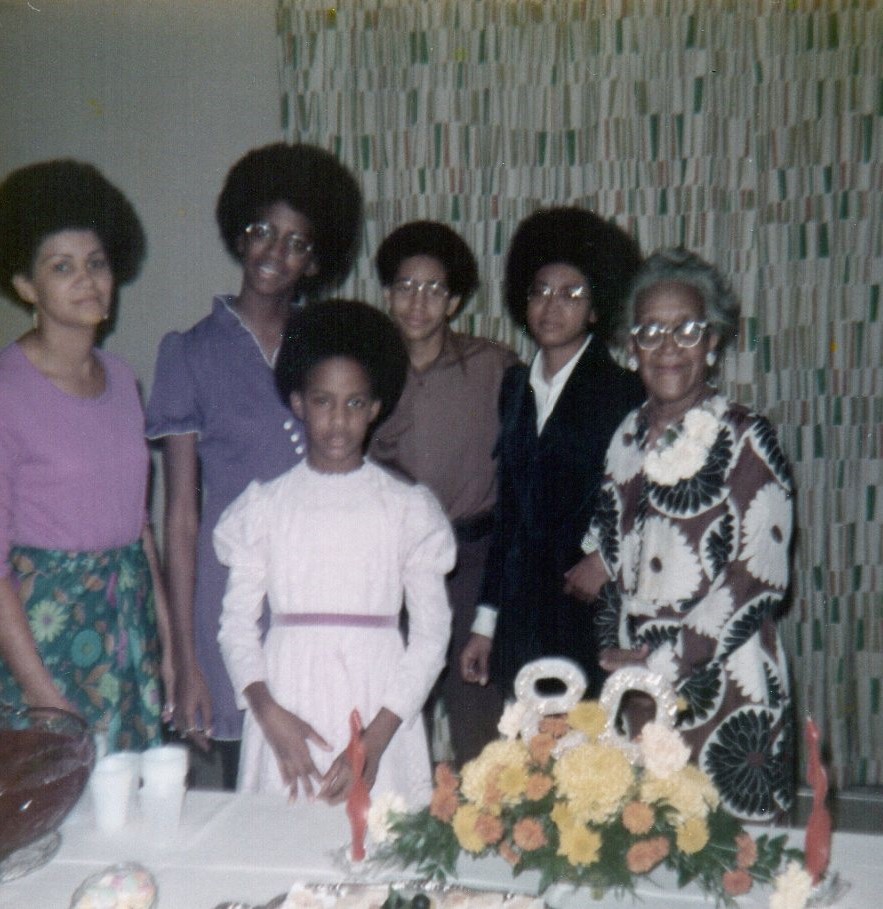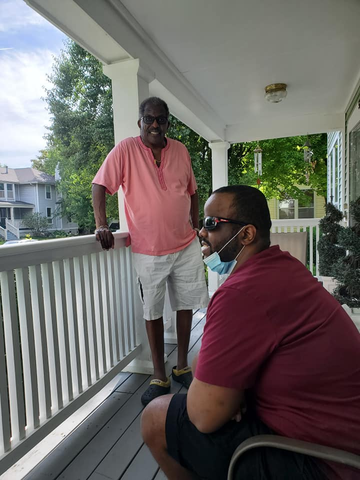September 21, 2023
How to begin your ancestry/family history research

For many, the question of where to begin the hunt for their ancestors, is huge.
Here are a few of the questions and comments the Good Genes Genealogy Services (GGGS) team receives from our prospective and new clients:
I am adopted and I don’t know anything about my birth family.
I don’t know my mother’s maiden name.
I don’t know my Dad or his family.
Since the U.S. Census doesn’t have any official records about Black people until 1870 and even that is incomplete, how am I supposed to trace my family back to their arrival in the United States?
I started my family research but then I hit that “brick wall” and cannot move forward. I am ready to give up.
I don’t know anything about my family past my maternal grandmother and my great grandfather on my father’s side.
I heard that my entire family is buried in cemeteries in South Carolina and that’s where I’m from but I don’t know my family’s history.

For African Diasporan-connected family members, the quest to begin the ancestry search may appear to be even more daunting than our counterparts. Yet, we all had to begin somewhere. That’s our first tip:
- Begin where you are (see our March 20, 2023 post). Some begin with a picture like the one above. Just one photograph, in this case taken in 1938, is the start of the family tree building.
- Interview living relatives. Someone knows a nugget of a story that can lead to greater discovery. For instance, asking a family elder what s/he remembers about their childhood home, will likely lead to extended dialogue based on responses such as “uncle Jim used to bring home melons every Saturday after he cashed his check from working as a “soda jerk” in a hotel kitchen in Omaha.”
- Follow any lead and visit a federal government website for expansion of your findings. Using the hint provided in #2, you may be able to gain the once “lost” uncle’s name — even if it’s just the first name — and begin there. Use his first name and the family name in the online research tree search. If it doesn’t work, it is likely an online hint will arrive to give you more clarity. Also, knowing that the uncle worked as a “soda jerk” during your elder’s childhood, can lead you to the U.S. Department of Labor’s website. From there, you can research the number of soda jerks working in the 1940s, for instance. Also, you may be able to locate the exact hotel in Omaha with a lead from the federal site to the local, Omaha newspapers and historical societies.
- Sign up on social media sites, websites, and engage with other virtual or in-person groups to learn more about how others are conquering their ancestry research.
- Remember to write and record your results. This is the start of building your family tree and hopefully, other family members are doing the same. Be sure to link with those family members to make your family tree even more robust.

Those are just a few tips offered to help anyone get started or re-energized to keep up the research for one’s family heritage.
Everyone’s journey is different. Yet, there are similarities in our collective ancestry research efforts based on our listening skills, questioning of relatives, learning new techniques, and jumping in the swim of family research.




























